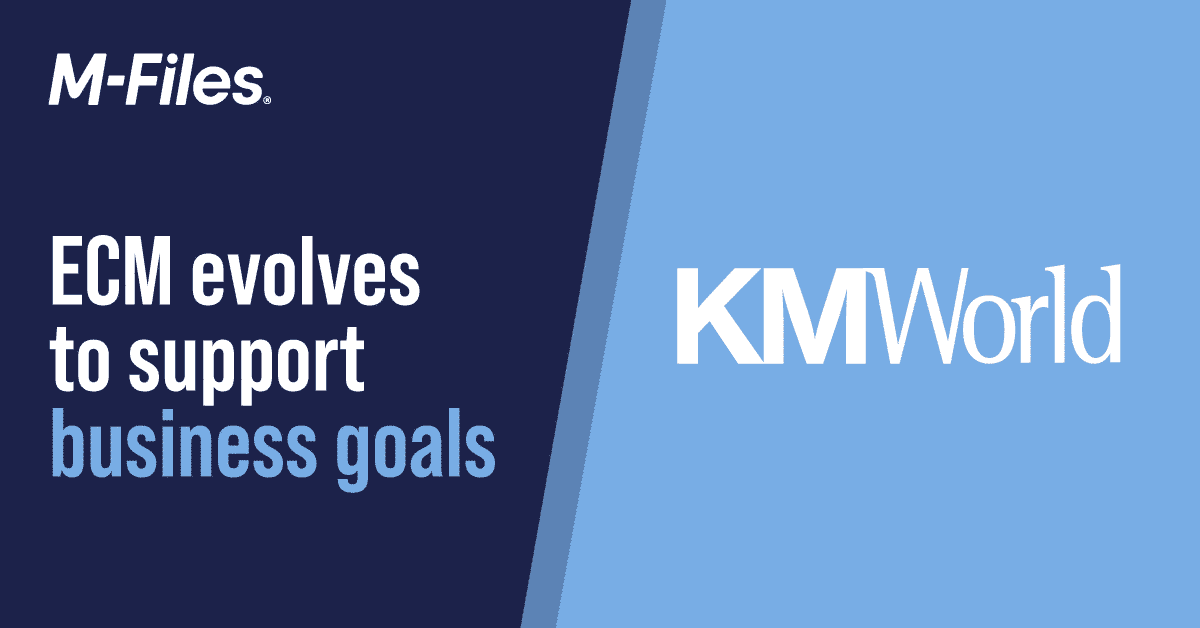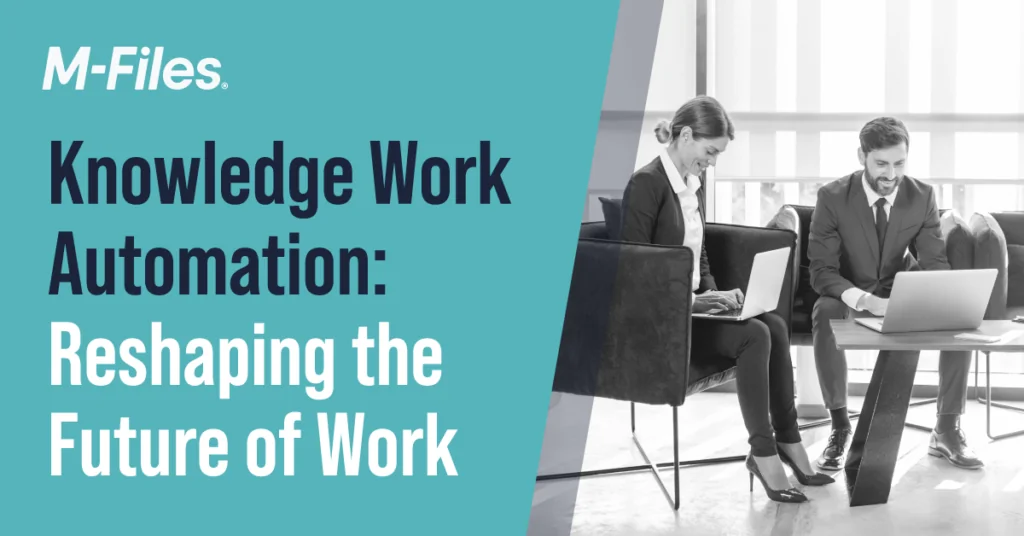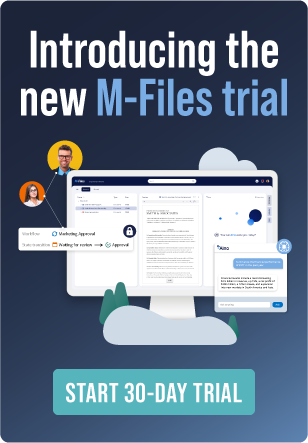ECM evolves to support business goals

Box is also an important element in several other organizational systems, including IRC’s grant-tracking system, called the Opportunity Tracking and Implementation System (OTIS). With up to 700 grant applications being processed at a time, tracking can be overwhelming. Having all of the grant-related information organized in one place allows employees to access and share it easily.
Another function served by Box is support of training and change management. As IRC added platforms such as Salesforce and Office 365, users needed to gain confidence and expertise in order to ensure adoption. Therefore, a variety of videos and articles were posted to assist in this process, and sometimes individual remote training was offered to promote the technologies with those in leadership roles. Fackler credits Box with allowing people to communicate much more securely and effectively, which has now become a “way of life” for them.
Metadata tagging trumps folder-based files

Even with the prevalence of ECM systems, many people still rely on personal, folder-based filing systems. This makes collaboration difficult because this kind of information is not accessible to others. M-Files was founded on the premise that documents should be managed not by using folder systems but by tagging them with rich metadata and then present- ing relevant views of information based on the user’s role. “Folders can quickly become difficult to manage, especially in large organizations,” said Ville Somppi, VP of industry solutions at M-Files. “When extensive metadata is applied to documents, users discover that the ones they need can be readily accessed, and they become more accepting of using a centralized enterprise system.”
In addition, when documents are precisely described and identified via metadata, it becomes possible to apply business rules that route the document through workflows. For example, a salesperson who wants to put through a proposal can create the document in a template and advance it to the next reviewer. “The system can enforce rules,” explained Somppi, “and by doing that, create a structured collaboration.” In the case of a contract, for example, there could be a need for approvals at multiple levels. “M-Files understands each file and what has to happen to it,” he added, “so it would send the document for the correct sequence of signatures.”
The metadata allows robust security through its awareness of the document contents and the role of each user. “In the HR department, there might be only a limited number of people who have access to applicants for a job during a screening process,” Somppi noted. “At the next stage, multiple hiring managers might be able to view the applicant’s information. The ability to view the application is determined by the business rules for that stage.” In regulated industries, tracking information can be extremely important. “M-Files knows who sees a document, who changes it, and what the final outcome is,” Somppi explained. “An automatic audit trail is created, so that the organization can go back and validate the document’s movement through the workflow.”
Some customers hold back on deploying an ECM system out of concern that migrating all their data into an enterprise system might be an insurmountable barrier or would impair productivity. “We have some strategies to alleviate those pains,” commented Somppi. “For one thing, users can continue with SharePoint or whatever product has been deployed previously,” he said. “M-Files can read SharePoint while the users get used to the M-Files interface. We call this a gentle migration.”
Collaboration with both partners and customers is becoming more important. “Boundaries between organizations are blurring,” Somppi observed. “You might have outside consulting firms actively participating on a project, or suppliers who need to know the status of a task.” M-Files’ acquisition of Hubshare allowed the creation of portals that are accessible to external users but, in combination with M-Files’ metadata and business rules, only allow users to see the information they are entitled to. “We wanted to reinvent collaboration experience in a way that is easy to use, but still retains control,” concluded Somppi.




